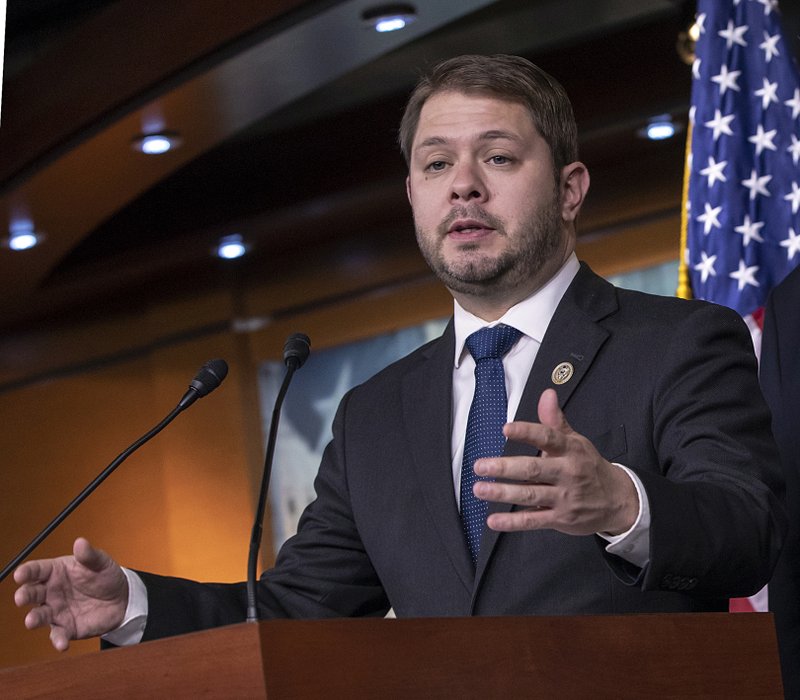
The Native American Child Protection Act is spearheaded by Reps. Ruben Gallego and Don Young
“The federal government has a solemn trust responsibility to ensure protection of the most vulnerable members of Indigenous communities,” Gallego wrote.
In 2019, a bipartisan bill led by Rep. Ruben Gallego (D-AZ) and Rep. Paul Cook (R-CA) seeked to protect Native children from expired laws that, 30 years later, are providing little-to-no benefit.
On March 9, 2021 Gallego reintroduced the Native American Child Protection Act alongside California Rep. Don Young.
If passed, it would improve the prevention, investigation, treatment, and prosecution of child abuse and neglect in Native lands by ensuring tribes have the resources they need to take care of Native children in culturally competent ways. It does so by approving and reauthorizing three programs originally passed as part of the Indian Child Protection and Family Violence Prevention Act.
Those programs are as follows:
The Indian Child Abuse Treatment Grant Program, the National Indian Child Resource Services Center, and the Indian Child Protection and Family Violence Prevention Program.
Passed in 1990, the original bill was drafted in response to widespread reports that Native children were being physically sexually abused in Bureau of Indian Affairs-run boarding schools in the 1980s. The purpose of the original bill was to identify the scope of unreported child abuse in Indian Country, fill gaps in child welfare services and improve coordination in child welfare and domestic violence programs, and to provide funds for mental-health treatment in Indian Country.
“Unfortunately, only five million of the 43 million annual authorization was appropriated under the act, leaving broad sections of the act unimplemented until it’s authorization expired in 1997,”Gallego said at the original hearing in 2019.
The federal government has a solemn trust responsibility to ensure protection of the most vulnerable members of Indigenous communities: children. Today I reintroduced the Native American Child Protection Act with @repdonyoung to do just that. https://t.co/xc2iXSgYlv
— Ruben Gallego (@RepRubenGallego) March 9, 2021
If the bipartisan bill passes the House this session, it will be a feat years in the making.
Gallego has been pushing the bill since 2019, but funding to these critical programs has been stagnant for far longer.
RELATED CONTENT
Aurene Martin with the National Indian Child Welfare Association offered more insight in 2019.
“Our experience has taught us that the best, most effective solutions to complex issues like child maltreatment come from the tribal communities themselves and incorporate methods that reflect unique values, culture, and traditions of our best,” she said.
However funding for the grant programs in resource centers has been almost nonexistent with only a one-time appropriation of approximately three million dollars in the mid-1990s.
Gallego’s updated bill would reauthorize and build on the tribal programs created in the original act.
“These programs are critically important in addressing the inadequate funding available to tribes because they provide real funding directly to tribes and are the only program designed specifically to fund tribes’ culturally-based efforts to address these critical problems,” Martin continued.
She said the rendition delivers on the promise of the original act, and builds on the original program and funding authorizations.











LEAVE A COMMENT:
Join the discussion! Leave a comment.